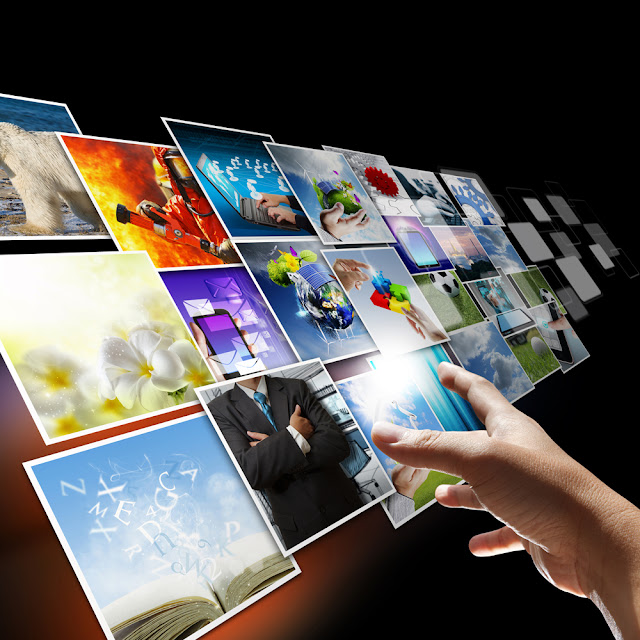Digital Printing can be a time-efficient, cost-effective solution!
Digital printing is the activity of printing digital-based images directly onto a variety of media substrates. There is no need for a printing plate, unlike with offset printing. Digital files such as PDFs and desktop files can be sent directly to the digital printing press to print on paper, photo paper, canvas, fabric, synthetics, cardstock.
Digital printing vs. offset printing
Digital printing differs from traditional, analog printing methods--such as offset printing--because digital printing machines do not require printing plates. Instead of using metal plates to transfer an image, digital printing presses print the image directly onto the media substrate.
Digital printers in Mumbai production print technology is evolving quickly, and digital printing output quality is improving continuously. These advancements are delivering print quality that mimics offset. Digital printing enables additional advantages, including:
Ø personalized, variable data printing (VDP)
Ø print-on-demand
Ø cost-effective short runs
Ø fast turnarounds
For the best digital printers and offset printing press in Mumbai iPrint India provides the capability for super clear and sharp imaging along with better printing speed, the flexibility of printing surfaces and lower costs make this printing format the perfect choice for commercial promotion requirements.
Different Types of Digital Printing
1. Inkjet
The inkjet printer is a reliable and popular machine that is designed to copy an image from a digital device and reproduce it on paper or plastic. They work in a very intricate fashion, essentially firing hundreds of small ink bullets onto the paper to create your desired image. It’s ideal for printing brightly colored images and text.
2. Laser
A laser printer is an electrostatic machine that uses a laser to reproduce an image from a digital device. During the process, the laser moves back and forth across a drunk situated within the printer. This creates static electricity, which releases toner onto the page and prints your desired image.
3. Digital Press
A digital press is essentially a digitized version of a traditional press. They’re typically employed by large companies to produce high-volume orders. Their quality is exceptional for their commercial purposes, and they are more expensive than the standard inkjet printer.
Advantages of digital printing:
1. Digital Printing is flexible.
2. Impressive Color Quality.
Various design expectation with full color and gradation print without the restriction of colors.
3. Reduce and control printing costs.
Lower berth cost production is achieved by printing without plates and with fewer production processes.
4. Color matching time is reduced
It is now possible to create an individual sample which has the same quality when compared the final product with the original design.
Using the digital data makes easy and simple color matching and based on the original design the production can start right away.
Using the digital data makes easy and simple color matching and based on the original design the production can start right away.
5. High added value
The needs of the customers can be now quickly answered to, depending on their own hobbies or seasons.
In addition to the standard color prints, the UV inkjet printers permit glossy finish, texture print, and embossed effects which adds more value to the printed materials.
In addition to the standard color prints, the UV inkjet printers permit glossy finish, texture print, and embossed effects which adds more value to the printed materials.
6. Environmentally friendly
Inkjet printing cut down ink wastes because it ejects ink only to the parts to be printed. It also reduces the process to clean the plates after printing.


Comments
Post a Comment